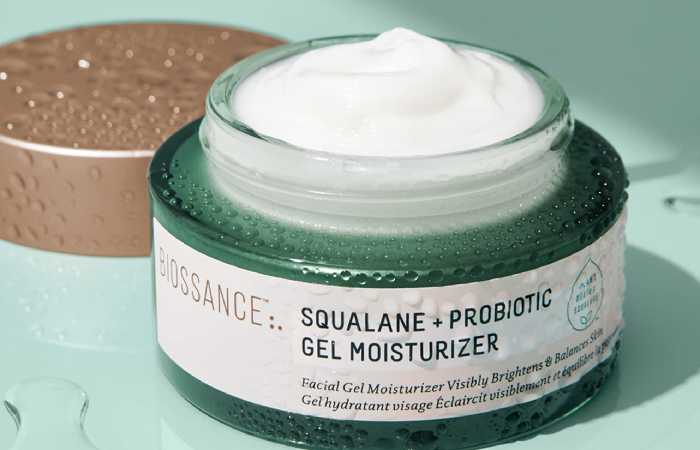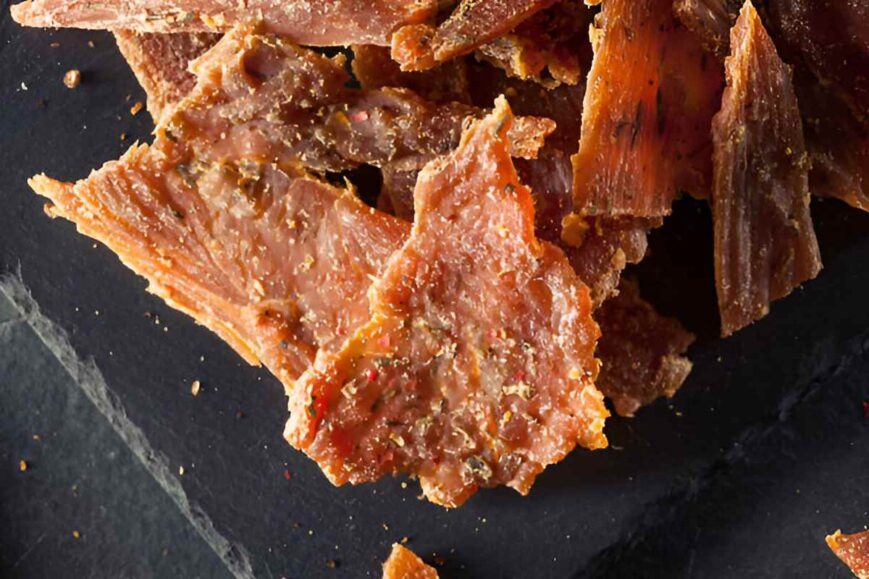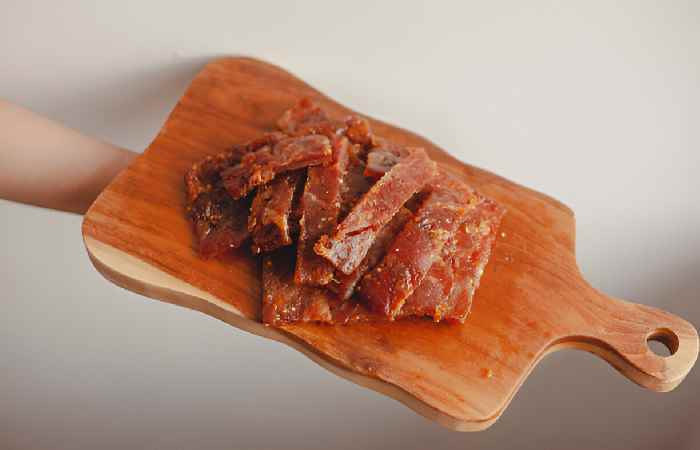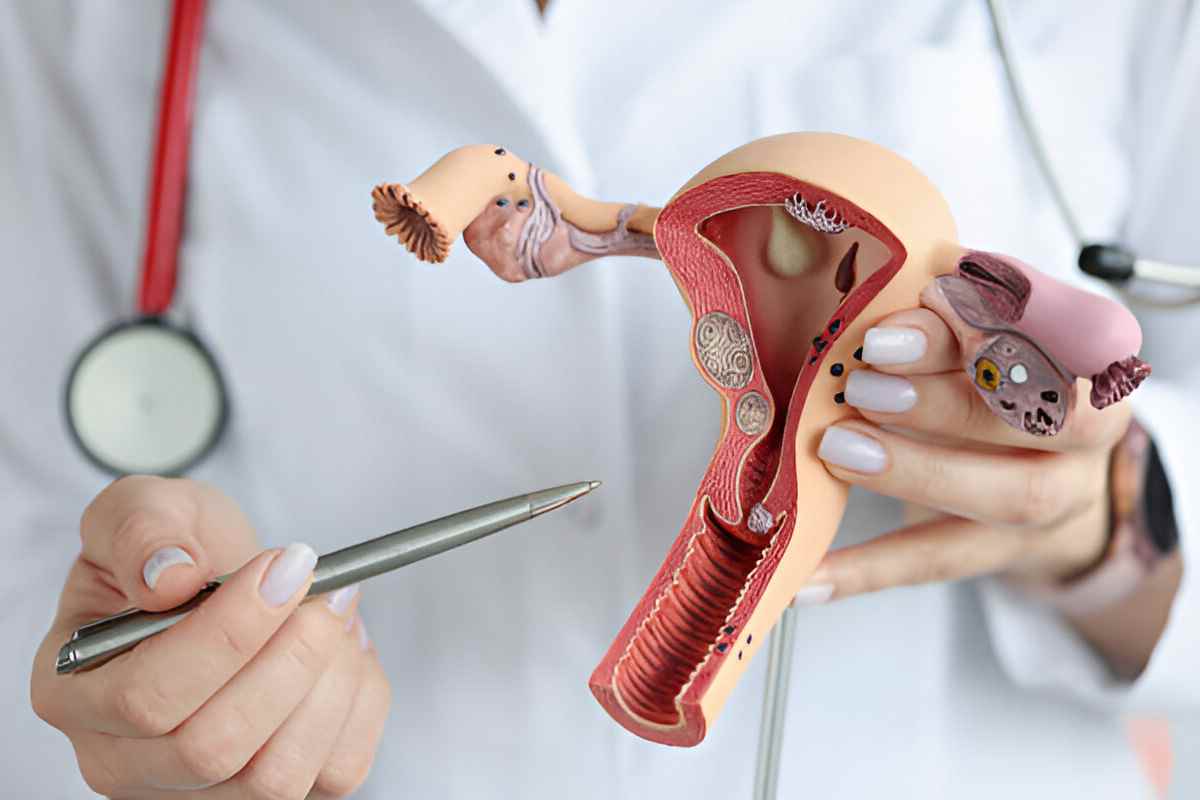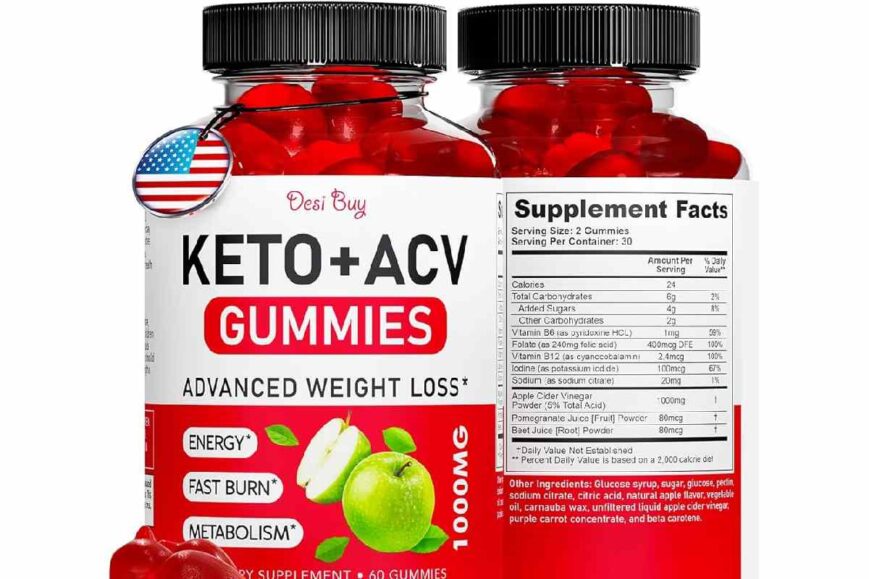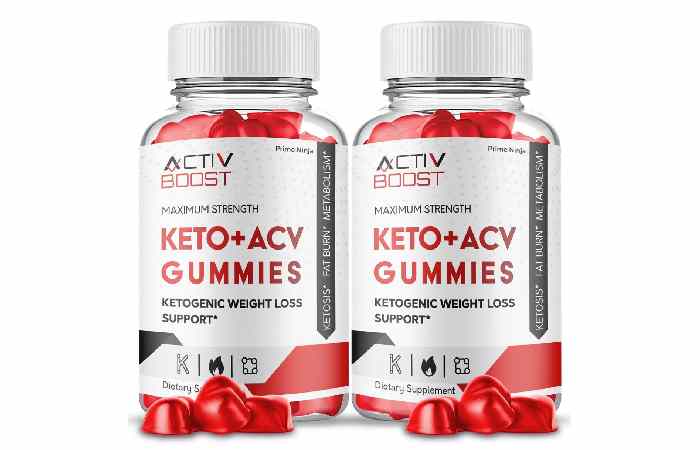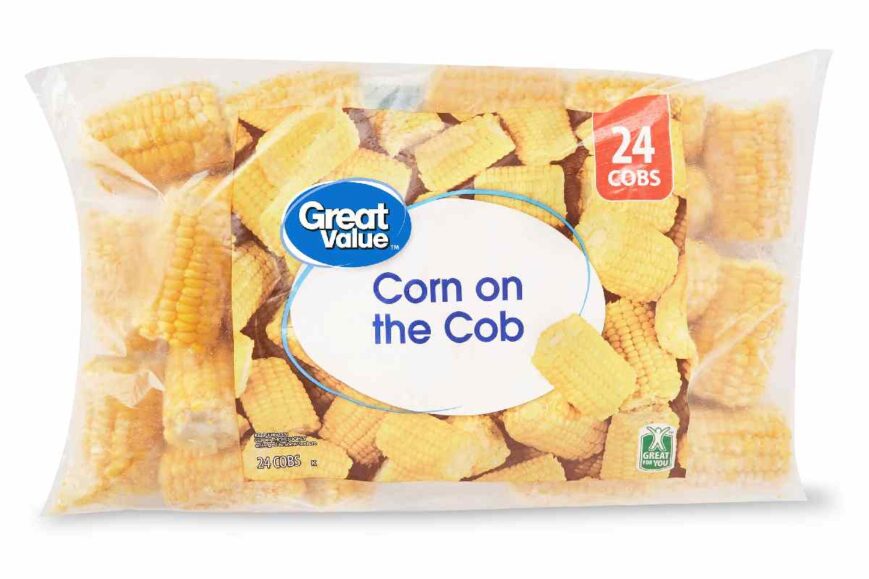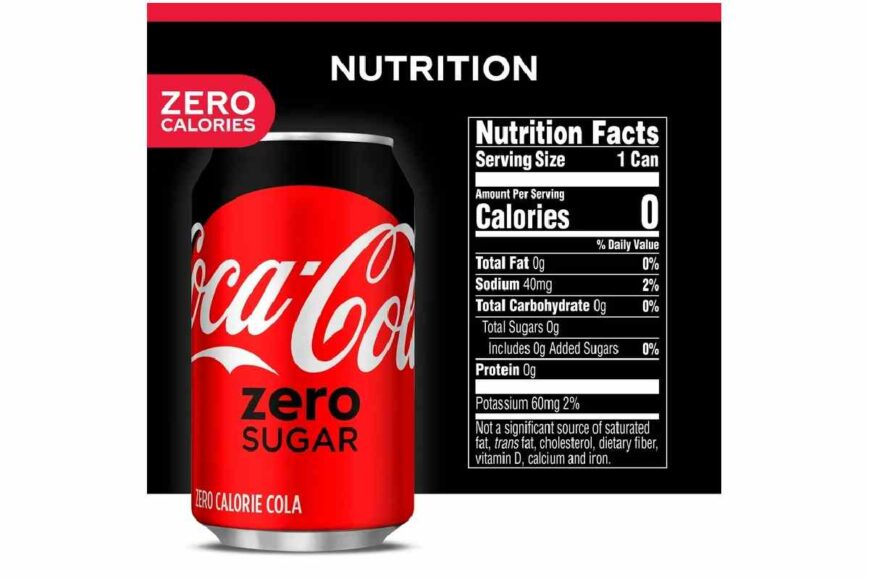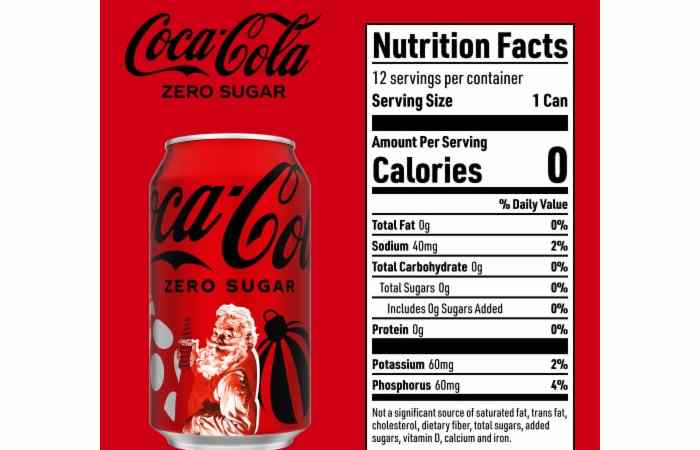Psychologist Near Me – Are you searching for a psychologist near you? Then you have opened the right post. In this post, we are providing you with brief information about the best psychologist in India. Let’s learn about a psychologist first before moving towards our topic.
A psychologist is a mental health professional who studies mental states, and practices psychology, cognitive, perceptual, emotional, and social progressions and behavior. A psychologist uses talk therapy to help people know about their mental condition. Psychologist helps those people who are facing certain mental problems such as depression, and anxiety, or going through tough times such as the pain of the loss of their loved ones.
Returning to the topic let’s know about the best psychologist in India.
Details about a psychologist near me in India

Following are the details of a psychologist near me in India
#1. Dr Mamta Jain
Location: Ground Floor, Shyam Plaza Bus stand Pandri, Shaksham, Raipur, Chhattisgarh 492001, India
Service Hours: Mon-Sat: 12 to 6 pm, Sun: closed
Phone Number: +91 93460 06900
#2. Dr. Preeti Singh | RCI Reg. Clinical Psychologist (Emotional Wellbeing and Happiness Clinic)
Location: Jai Hind Chowk Gali Avantibai Chowk, Lodhipara, Pandri, Raipur, Chhattisgarh 492004, India
Service Hours: Mon-Sat: 3 to 8 pm, Sun: Closed
Phone Number: +91 98938 31527
#3. Asha Counseling Center
Location: 143, 1st floor, Capital Plaza, RishabhNagar and Pawan Vihar Colony, Lalpur, Raipur, Tikrapara, Chhattisgarh 492001, India
Service Hours: Mon-Sun: 10 am to 9 pm
Phone Number: +91 99936 44788
#4. Dr. Ela Gupta
Location: The Insititute of Psychological Wellness, Talking Threads, 3, Jalashaya Marg, Choubey Colony, Raipur, Chhattisgarh 492001, India
Service Hours: Mon-Sun: 11 am to 8 pm
Phone Number: +91 92001 26862
#5. Peaceofmind Counseling Services
Location: 25/10, Radhika Nagar, Bhilai, Chhattisgarh 490023, India
Service Hours: Mon-Fri: 10 am to 7 pm, Sat: 9 am to 5 pm, Sun: closed
Phone Number: +91 98182 17977
#6. ManoBHAAV…Where Mind Resonates
Location: Triplex Bungalow No.5, Kachna Phase -2, housing board colony, VIP Colony, Raipur, Chhattisgarh 492001, India
Service Hours: Mon, Tue, Wed, Thu, Sat: 11 am to 7 pm, Fri, Sun: closed
Phone Number: +91 97557 95037
#7. Psychological counseling Korba
Location: Chhattisgarh Defense Academy, near Ghantaghar, M P Nagar, Korba, Chhattisgarh 495677, India
Service Hours: Mon-Sat: closed Sun: 11 am to 7 pm
Phone Number: +91 96914 25146
#8. Sakshi’s – Counselling Psychologist
Location: Singhania House, Jharsuguda Town Main Rd, Jharsuguda, Odisha 768201, India
Service Hours: Mon-Sun: 7 am to 8 pm, Sun, Mon: Hours may differ on account of Eid-ul-Adha
Phone Number: +91 90906 06036
#9. Manastha
Location: First Floor, C – Block, Building 368, C-368, Sector 122, Noida, Uttar Pradesh 201301, India
Service Hours: Tue-Sat: 10 am to 7 pm, Sun: closed, Mon: 10 am to 7 pm (Hours may differ on account of Eid-ul-Adha)
Phone Number: +91 74286 99696
#10. Dr. Arti Kandolkar, Beautiful Mind and Soul
Location: 18, Gulmohar Apartments, 2420, East St, near State Bank of India, Camp, Pune, Maharashtra 411001, India
Service Hours: Mon: 3.30 to 7.30 pm (Hours may differ on account of Eid-ul-Adha), Tue: Open 24 hours, Wed-Fri: 3.30 to 7.30 pm, Sat: 10.30 am to 7.30 pm, Sun: 9 am to 1 pm ( Hours may differ on account of Eid-ul-Adha)
Phone Number: +91 96570 96425
#11. Indian counselling services
Location: A, 103, Najafgarh Rd, Ganesh Nagar, Tilak Nagar, New Delhi, Delhi, 110018, India
Service Hours: Mon-Sun: open 24 hours, Sun-Mon: (Hours may differ on account of Eid-ul-Adha)
Phone Number: +91 97179 72456
#12. HappiMynd – Emotional Wellbeing, Anxiety, Stress, Self Help & Therapy
Location: Vatika City, Block W, HappiMynd, Sector 49, Gurugram, Haryana 122018, India
Service Hours: Mon-Sat: 10 am to 7 pm, Sun: closed for Eid-ul-Adha. Mon: (Hours may differ on account of Eid-ul-Adha)
Phone Number: 91 88603 93400
Conclusion
To conclude, we hope the above information about the best psychologists in India will be helpful to you in finding the psychologists’ locations easily. If you have any doubts or queries you can let us know in the comment section given below.



